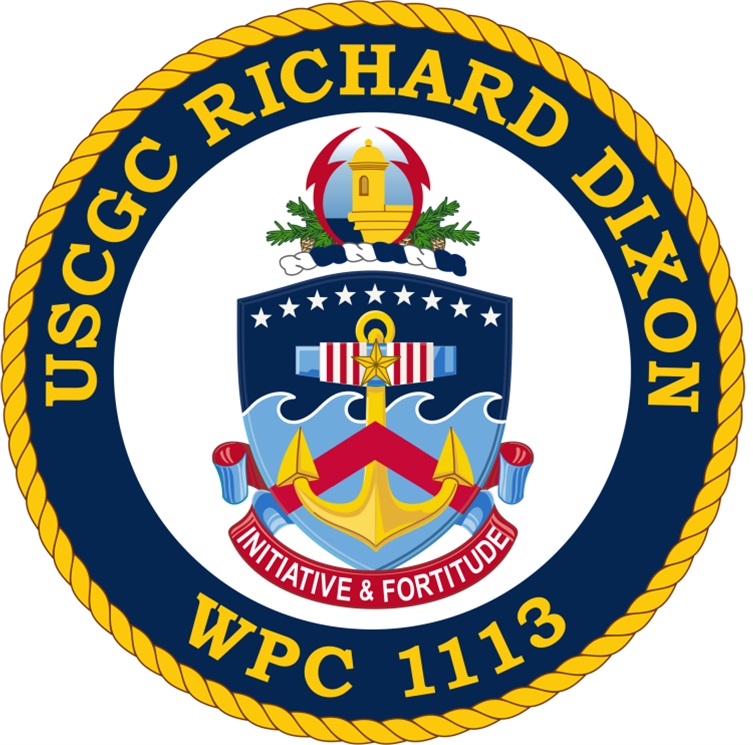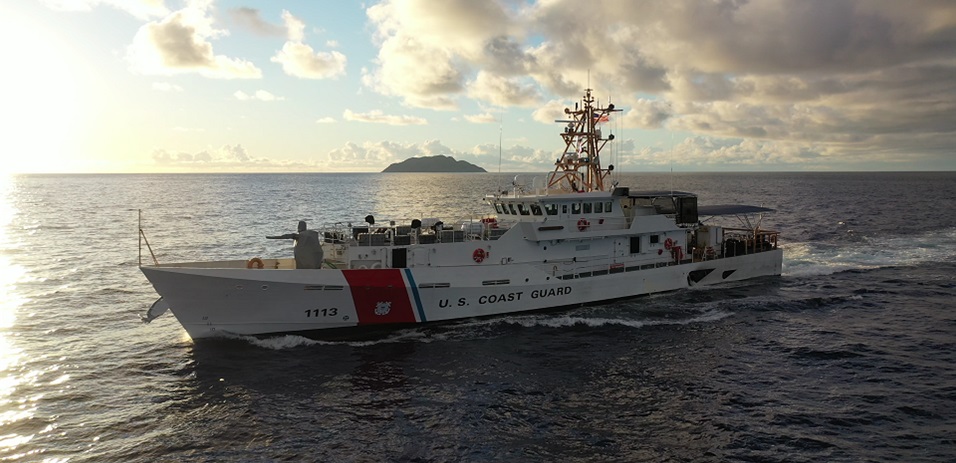A series of powerful storms sw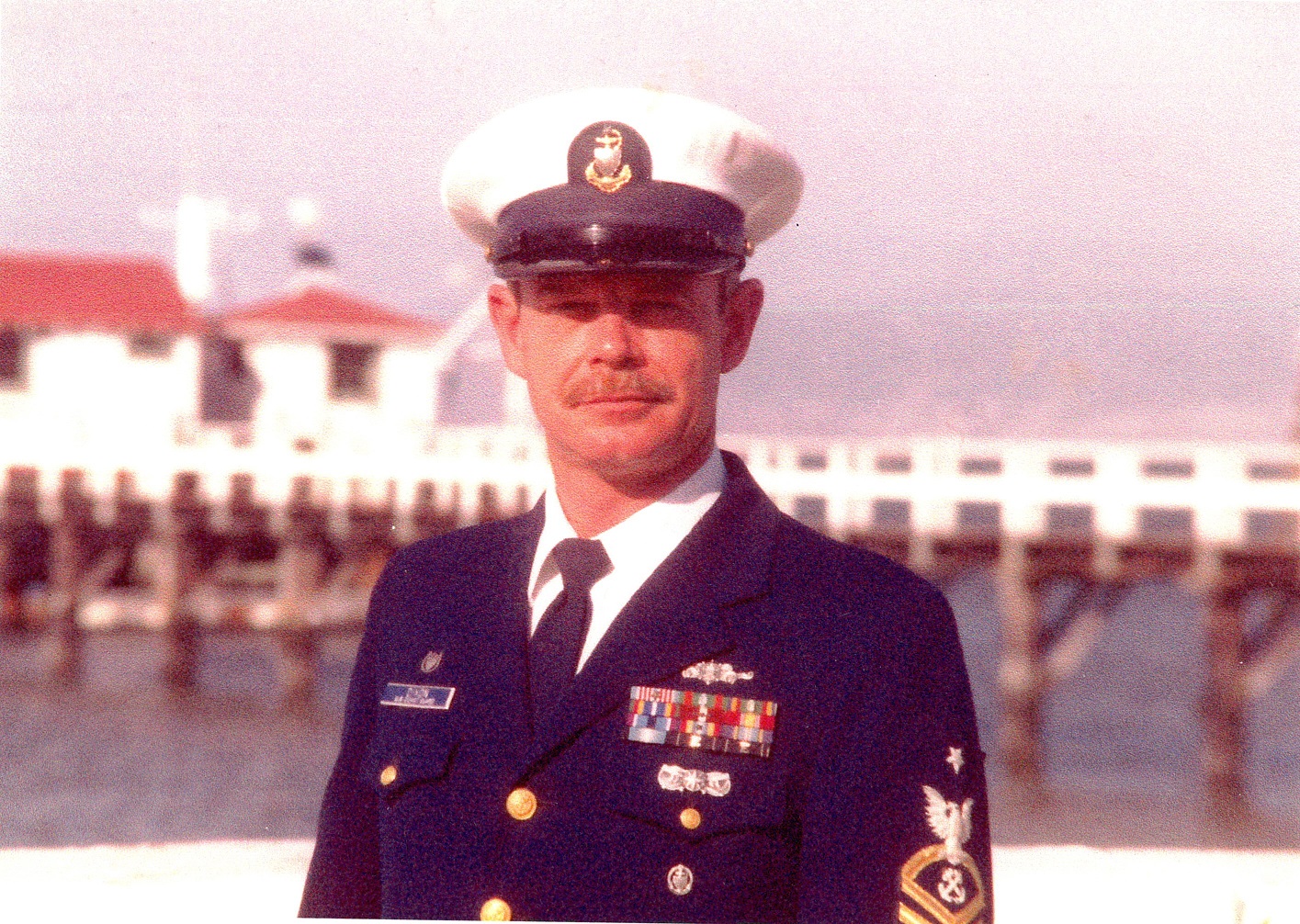 ept across the Pacific Northwest on Fourth of July weekend 1980 and could have ended in disaster, but instead showed the limitless potential of human intrepidness.
ept across the Pacific Northwest on Fourth of July weekend 1980 and could have ended in disaster, but instead showed the limitless potential of human intrepidness.
On Thursday, July 3, 1980, Petty Officer 1st Class Richard Dixon, boatswain’s mate, had just started his watch at Coast Guard Station Tillamook Bay, Oregon. The station is located approximately two miles from the entrance of Tillamook Bay, in Garibaldi, Oregon, and is one of only 20 Coast Guard Surf Stations.
That day, a report came in from the Fantasy Isle, a 58-foot trawler-yacht, seeking shelter from the treacherous storm conditions offshore in the Pacific. With five people aboard, the Fantasy Isle would have to pass between two stone jetties about 400 yards apart to enter the bay behind Tillamook Bar and find relief from the storm. This was no easy task as the storm produced heavy seas that broke over the shallow bar for miles.
Dixon served as coxswain for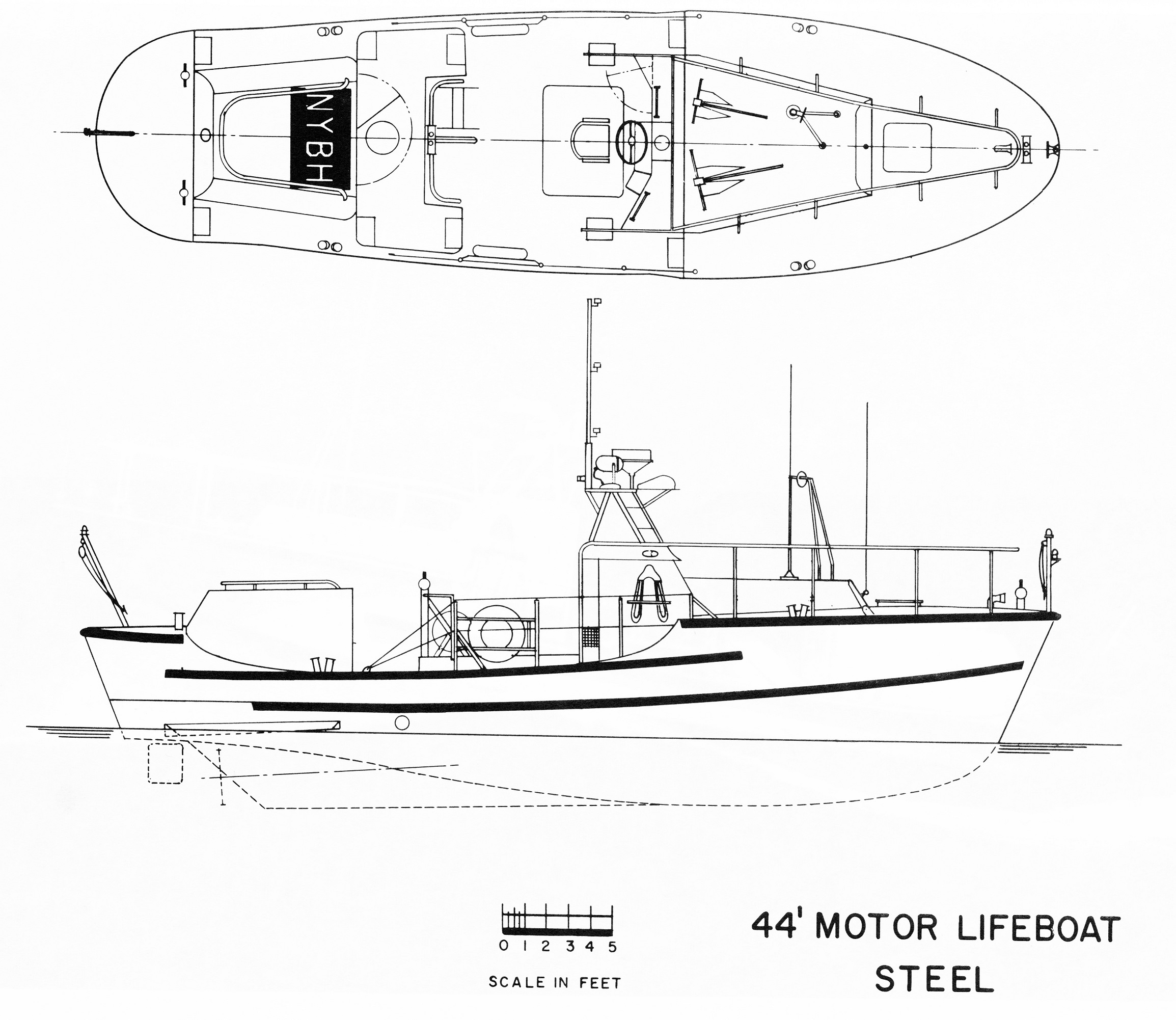 one of two 44-foot motor lifeboats sent out to escort the Fantasy Isle through the jetties that cut across the bar. He ordered his three crewmembers to strap in as he throttled forward into the heavy seas. When the motor lifeboats arrived at the bar, their crews realized it would not be safe for the yacht to pass but, after continual beating by the howling winds outside the bay, the captain of the Fantasy Isle saw no other choice but to make the crossing.
one of two 44-foot motor lifeboats sent out to escort the Fantasy Isle through the jetties that cut across the bar. He ordered his three crewmembers to strap in as he throttled forward into the heavy seas. When the motor lifeboats arrived at the bar, their crews realized it would not be safe for the yacht to pass but, after continual beating by the howling winds outside the bay, the captain of the Fantasy Isle saw no other choice but to make the crossing.
Conditions along the Tillamook Bar worsened to 30-foot seas and 70-knot winds. Dixon placed his 44-foot motor lifeboat on the left side, behind the yacht, while the coxswain of the other motor lifeboat situated himself on the right side. Together, their two motor lifeboats absorbed the energy of the waves to provide a “window” for the ya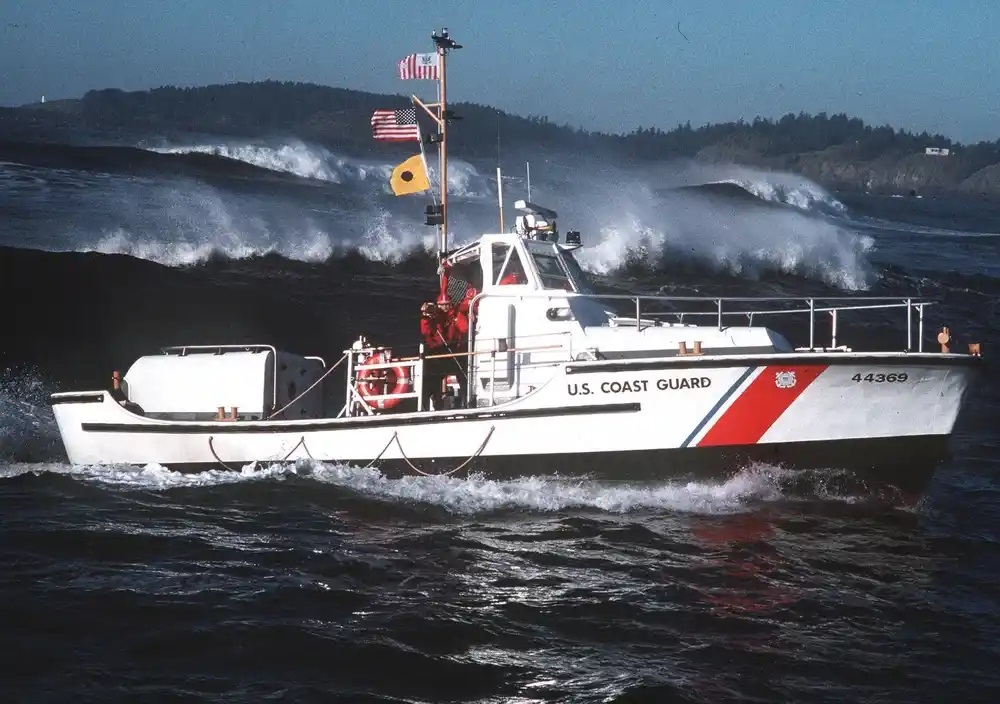 cht to get through the bar.
cht to get through the bar.
This was an extremely dangerous maneuver for both lifeboat crews, as the full force of each breaking wave would smash itself into their boats. Together, Dixon and the coxswain of the other motor lifeboat used their boats to shield the yacht. They absorbed breaker after breaker for 40 minutes until the yacht had safely passed through the jetties and found shelter in the bay.
The Fantasy Isle rescue was noteworthy on its own, but Dixon had not finished performing heroic acts that weekend. Just a day later, on July 4th, Station Tillamook Bay received a report of two people in the water.
A recreational boat was speeding around the bay’s North Jetty when it turned directly into 18-foot breaking seas. There were four people aboard the boat, and two went crashing through the boat’s windshield and the vessel began to capsize.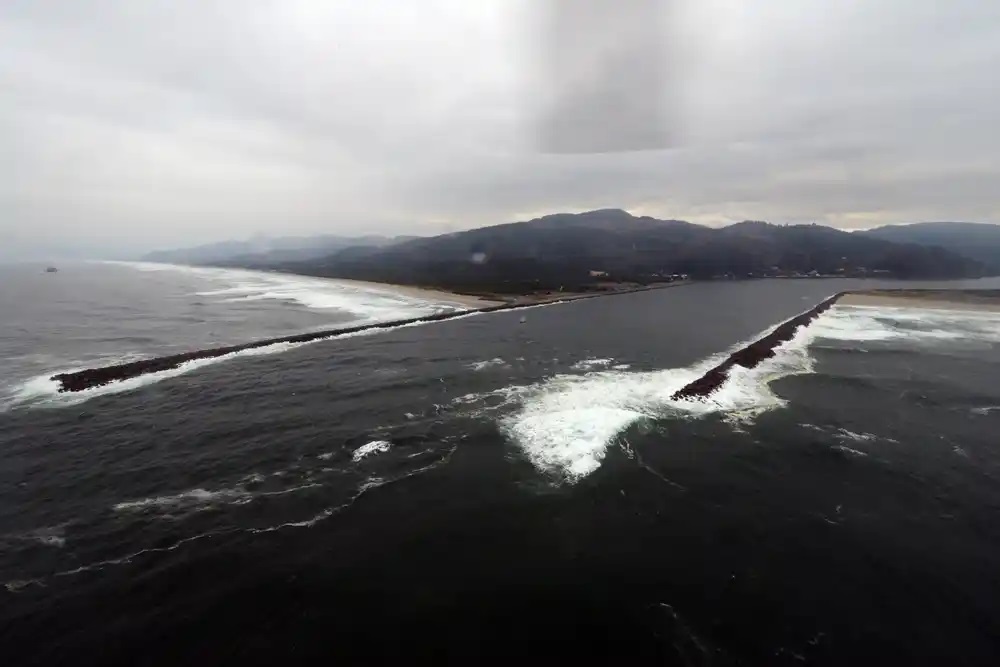
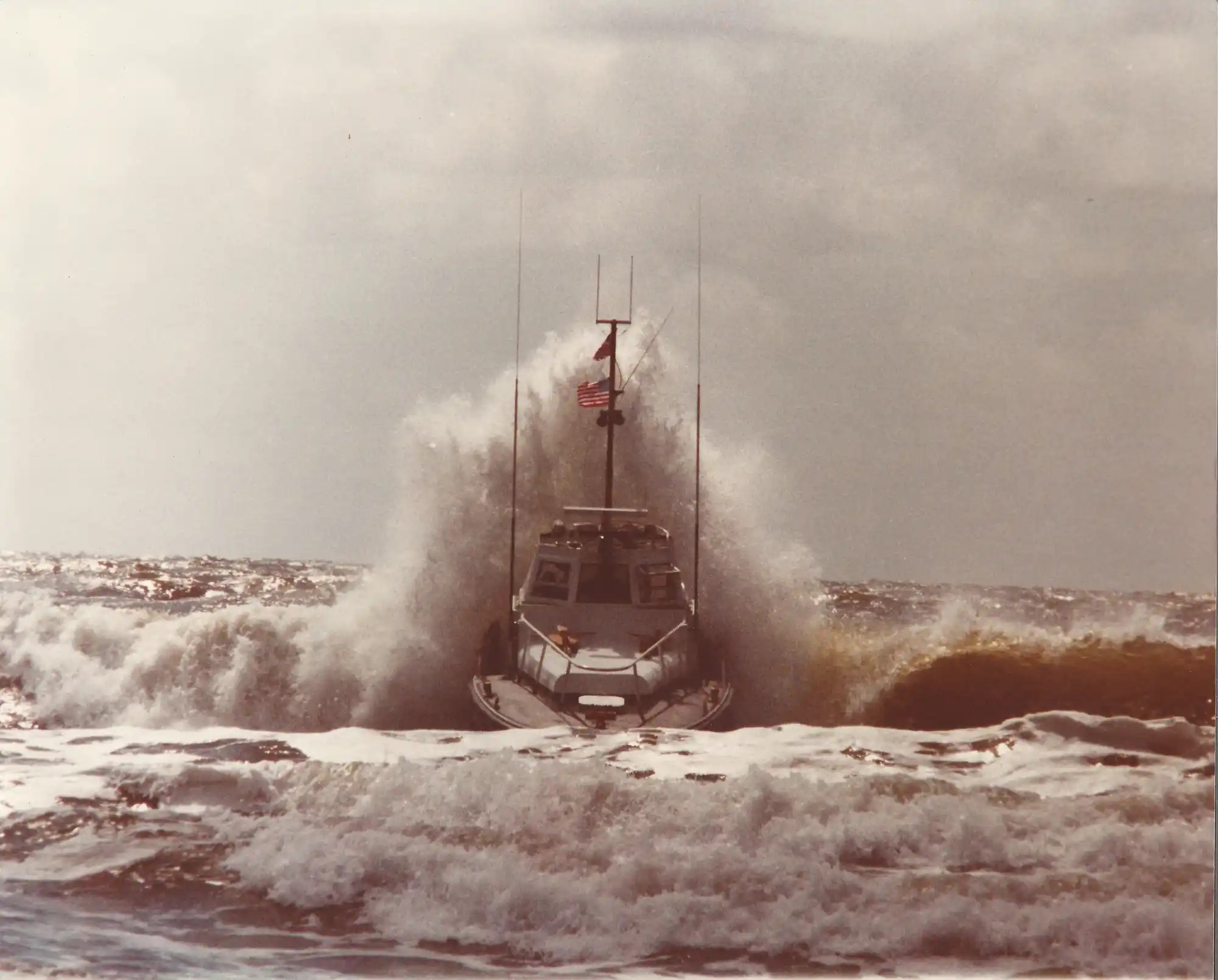 Dixon and his crew were out patrolling the bay and changed course to recover the four boaters. Again as coxswain, Dixon had to rely on his boat driving experience. He maneuvered within 50 feet of the jetty rocks in extremely heavy seas to locate the victims. As the seas broke over them, green water turned to white foam. In short order, Dixon and his crew rescued all four people from the jetty’s rocks and violent waters.
Dixon and his crew were out patrolling the bay and changed course to recover the four boaters. Again as coxswain, Dixon had to rely on his boat driving experience. He maneuvered within 50 feet of the jetty rocks in extremely heavy seas to locate the victims. As the seas broke over them, green water turned to white foam. In short order, Dixon and his crew rescued all four people from the jetty’s rocks and violent waters.
Al Shepherd was one of Dixon’s shipmates when they served as first-class petty officers aboard the 95-foot cuter Cape Wash. They became close friends and Shepherd recalled how Dixon’s commitment to serve others was ever present. “Rick exhibited natural leadership characteristics coupled with superior ability and genuine warmth,” said Shepherd. “Rick was a man of great outward courage and inner strength, who lived idealistically in such a natural way that people were drawn to him. They wanted to be like him and to share in what he was doing.”
Throughout the Coast Guard’s history, coxswains and their crews have performed heroic acts centered on Dixon’s same commitment. His bravery, which was second nature, earned him two Coast Guard Medals. Coast Guard award rules dictate that only those who, “performed a rescue or attempted rescue at the risk of his or her own life, and demonstrates extreme and heroic daring” should receive this honor –Senior Chief Petty Officer Richard Dixon did so twice in one weekend.
“The Coast Guard and Rick Dixon share a common history which is rich in service to mankind, free from self-interest or self-preservation,” Shepherd said. “It is very fitting, and makes me swell with pride that Rick’s heroic deeds and valiant spirit will live on in time.”
